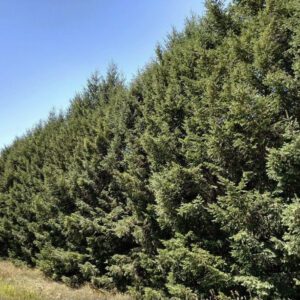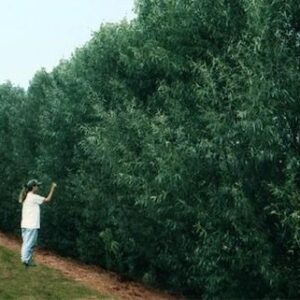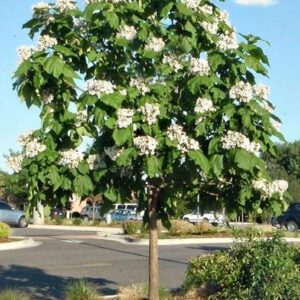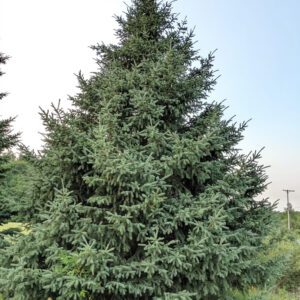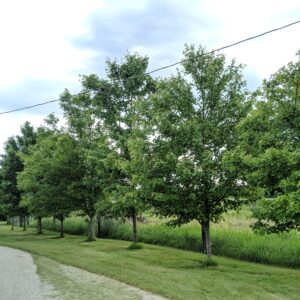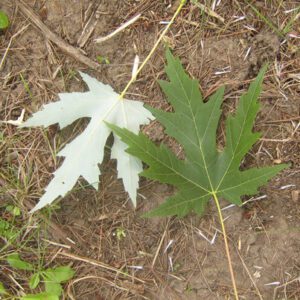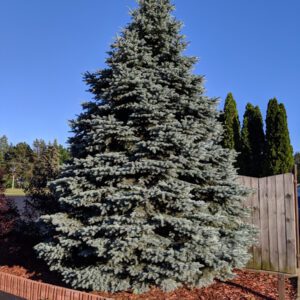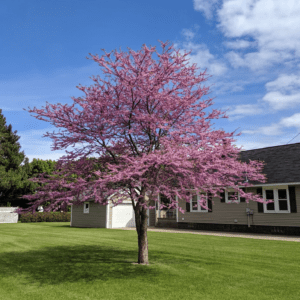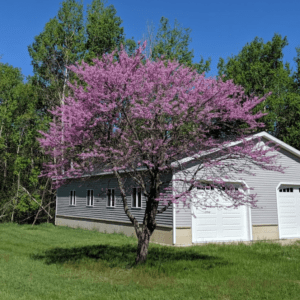Getting Started
Getting Started
with Fast-Growing Privacy Trees
1. Choose the Right Location
Tree placement can improve your property and save you money in future maintenance and repairs. When selecting a location, take into account driveways, sidewalks, and utility lines.
It’s also very important to select the fast-growing privacy trees and flowering shrubs that suit the USDA Hardiness Zone assigned to your location.
Our nursery grows privacy trees and shrubs that will thrive in nearly any conditions within the United States. Each of our plants lists the range of zones where it will grow. Similarly, each of our products lists its preferred soil type. Knowing your USDA Hardiness Zone and the soil type of your location will help you select the ideal plants for your privacy screen.
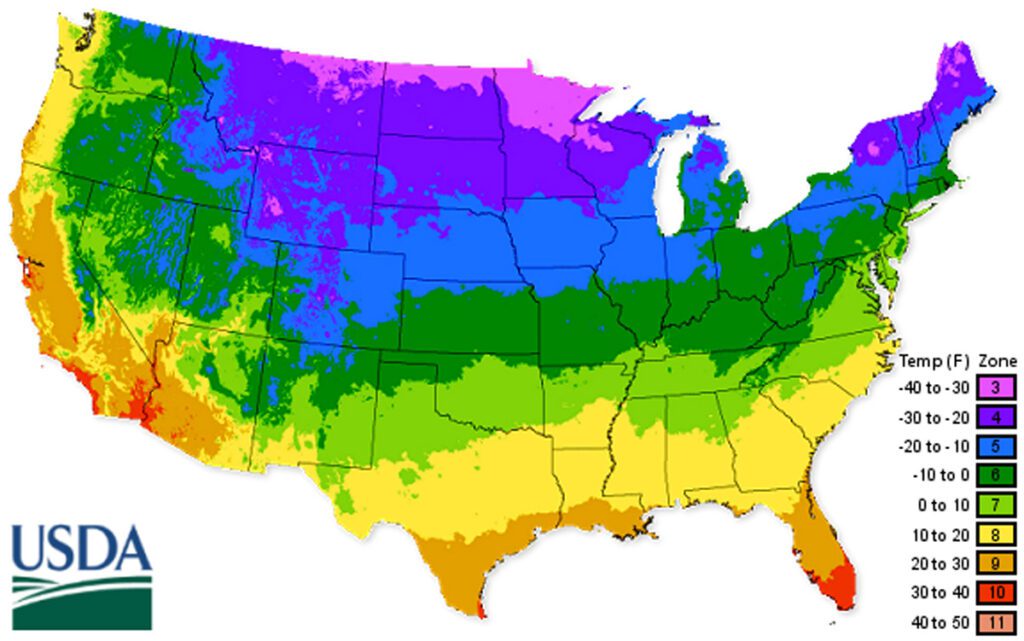
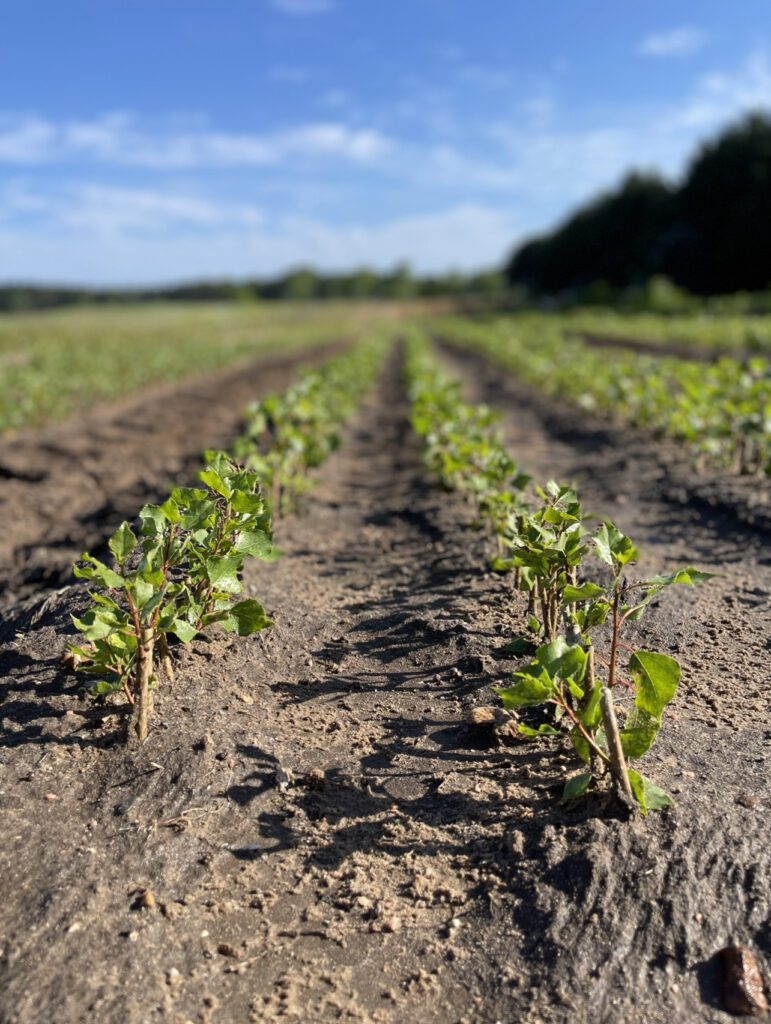
2. Plant Them Properly
When to Plant
The ideal times to plant new trees are during the dormant seasons—the fall after leaf drop and the early spring before buds emerge. Be certain the atmospheric conditions are cool and permit time for new plants to get established in a new area prior to spring rain and summer heat.
How to Plant
1. Keep trees in a cool/cold location inside a plastic bag until you are ready to plant within one week of receiving the trees/shrubs if possible.
2. Soak roots 15-30 minutes before planting.
3. Make sure the roots hang freely in the hole. It is perfectly fine to trim excessively long roots.
5. Tamp the soil firmly back around the roots. Using the handle end of the shovel works well. Leave a small divot at the base of the tree for water to collect.
3. Caring for Your Plants
Water at least twice per week with at least 1/2 gallon of water per watering.
Staking Trees
It may be necessary to support trees with stakes when planting in windy locations. After the first year of growth, remove the stakes.
Mulching Around Trees
Adding mulch around each tree can reduce weed competition and help retain soil moisture but is not necessary.
Fertilization
Fertilize with well balanced fertilizer, e.g., 12-12-12 in the first year. Fertilize at first signs of new growth and once again three weeks later. You can use 19-19-19 in years after planting.
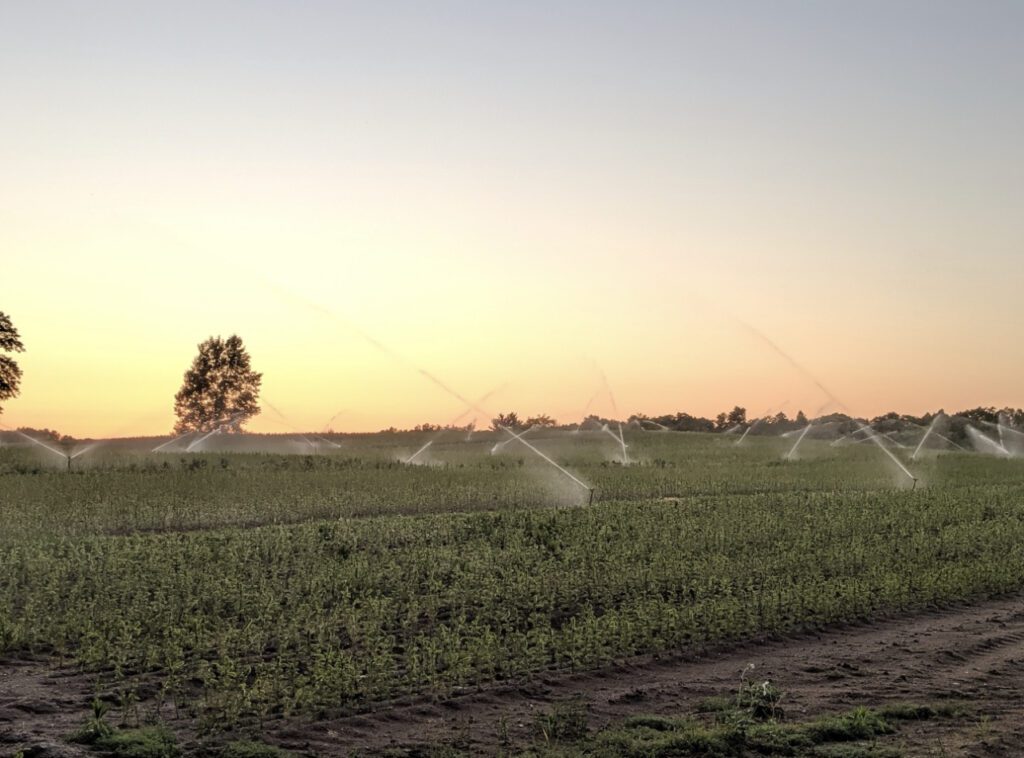
 Now taking orders for Spring 2024. Get your order in early!
Now taking orders for Spring 2024. Get your order in early! 

